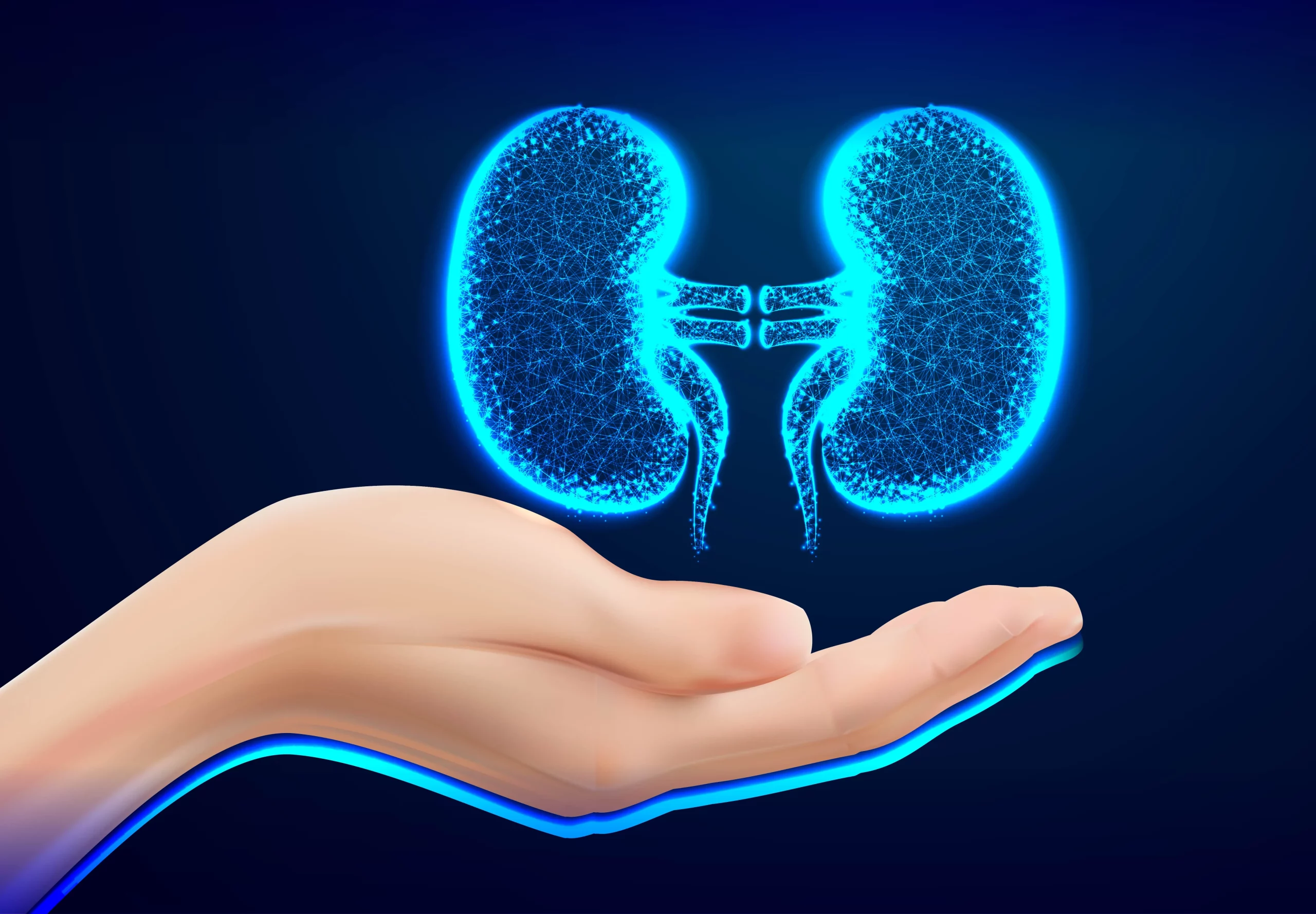Keywords
1. Kidney Transplant Anemia
2. Iron Deficiency Post-Transplant
3. Hemoglobin Improvement Transplantation
4. Ferritin Levels Transplant Patients
5. Transferrin Saturation Kidney Transplantation
After successful kidney transplantation (KT), patients often experience significant changes in their overall health and quality of life. Yet, one of the less-discussed aspects of post-transplantation care is the alteration in hematological parameters, particularly concerning anemia and iron deficiency. A recent multicenter observational cohort study published in Transplantation Proceedings has shed light on the characteristics of anemia and iron deficiency after KT, providing noteworthy insights into the care and monitoring of KT recipients.
The study, entitled “Characteristics of Anemia and Iron Deficiency After Kidney Transplant,” DOI: 10.1016/j.transproceed.2019.01.140, was conducted by a team led by Dr. Jeong Jong Cheol of Ajou University School of Medicine in South Korea, along with other esteemed colleagues. Between July 2012 and August 2018, the research team enrolled and examined data from 1,080 kidney transplant recipients participating in this large-scale observational study.
The researchers focused their analysis on 786 patients who had their transferrin saturation (TSAT) and ferritin levels recorded both prior to the KT and one year after the procedure. Iron deficiency was diagnosed when ferritin levels were below 200 ng/mL and TSAT was less than 20 percent. Anemia was defined as a hemoglobin (Hb) level of less than 13 g/dL for males or less than 12 g/dL for females. The findings highlighted essential patterns and risk factors associated with anemia and iron deficiency in the post-transplantation period.
Results of the Study
The study reported a considerable improvement in hemoglobin levels one year after KT, with an average increase from 10.53 g/dL at the time of the transplant to 13.64 g/dL after one year. This suggests that overall, KT recipients are likely to experience a reduction in anemia prevalence following their transplant. However, when examining iron stores and utilization parameters, the researchers observed a declining trend in both TSAT and ferritin levels one year after KT compared to baseline, indicating a possible increase in iron deficiency.
In patients who were anemic before their transplant, the researchers compared those who remained anemic one year following KT (persistent group) to those whose anemia resolved (improved group). The persistent group showed higher pretransplant TSAT levels, lower TSAT one year after KT, and a lower estimated glomerular filtration rate (eGFR) at one-year post-transplant compared to the improved group. Notably, multivariate analysis revealed that risk factors for persistently low hemoglobin levels one year post-transplant included low ferritin at KT, low TSAT at one year, and high ferritin at one year.
Understanding these results can significantly impact clinical practice. While hemoglobin levels generally improve following KT, the presence of anemia before the transplant can influence long-term outcomes. Additionally, the decrease in TSAT and ferritin one year post-transplant underlines the need for continued vigilance to detect and treat iron deficiency and its causes.
Health Implications and Future Outlook
These findings provide valuable implications for post-transplant patient care. For example, regular monitoring of iron parameters and the prompt treatment of iron deficiency, even in the absence of anemia, may be advisable to optimize patient health and the functioning of the transplanted kidney. It also emphasizes the need to examine the various causes of iron deficiency post-transplant, which may include ongoing inflammation or losses via the gastrointestinal tract.
The team’s research has opened avenues for further study on the efficient management of iron deficiency and anemia in KT patients, which may lead to tailored treatment plans and better patient prognoses. Moreover, identifying risk factors for persistent anemia after transplantation could help refine patient selection and pre-transplant optimization strategies.
In conclusion, the role of anemia and iron deficiency in kidney transplantation outcomes is complex. While KT often leads to improved hemoglobin levels, careful attention must be given to monitoring and managing iron stores to ensure sustained patient wellbeing.
References
1. Cheol, J.J. et al. (2019). Characteristics of Anemia and Iron Deficiency After Kidney Transplant. Transplantation Proceedings, 51(5), 1406-1409. DOI: 10.1016/j.transproceed.2019.01.140
2. Babitt, J.L., & Lin, H.Y. (2012). Mechanisms of Anemia in CKD. Journal of the American Society of Nephrology, 23(10), 1631-1634.
3. Cattran, D.C., Fenton, S.S., Wilson, D.R., Oreopoulos, D., Shimizu, A., & Richardson, R.M. (1979). Defective Erythropoiesis and Iron Metabolism in Renal Transplant Recipients. Kidney International, 15(6), 679-687.
4. Kasiske, B.L., Zeier, M.G., Chapman, J.R., Craig, J.C., Ekberg, H., Garvey, C.A.,… & Metzger, R.A. (2010). KDIGO clinical practice guideline for the care of kidney transplant recipients. American Journal of Transplantation, 9(Suppl 3), S1-155.
5. Obrador, G.T., & Pereira, B.J. (1997). Early Anemia of Renal Disease: What It Is and What It Means. Annual Review of Medicine, 48, 181-193.
